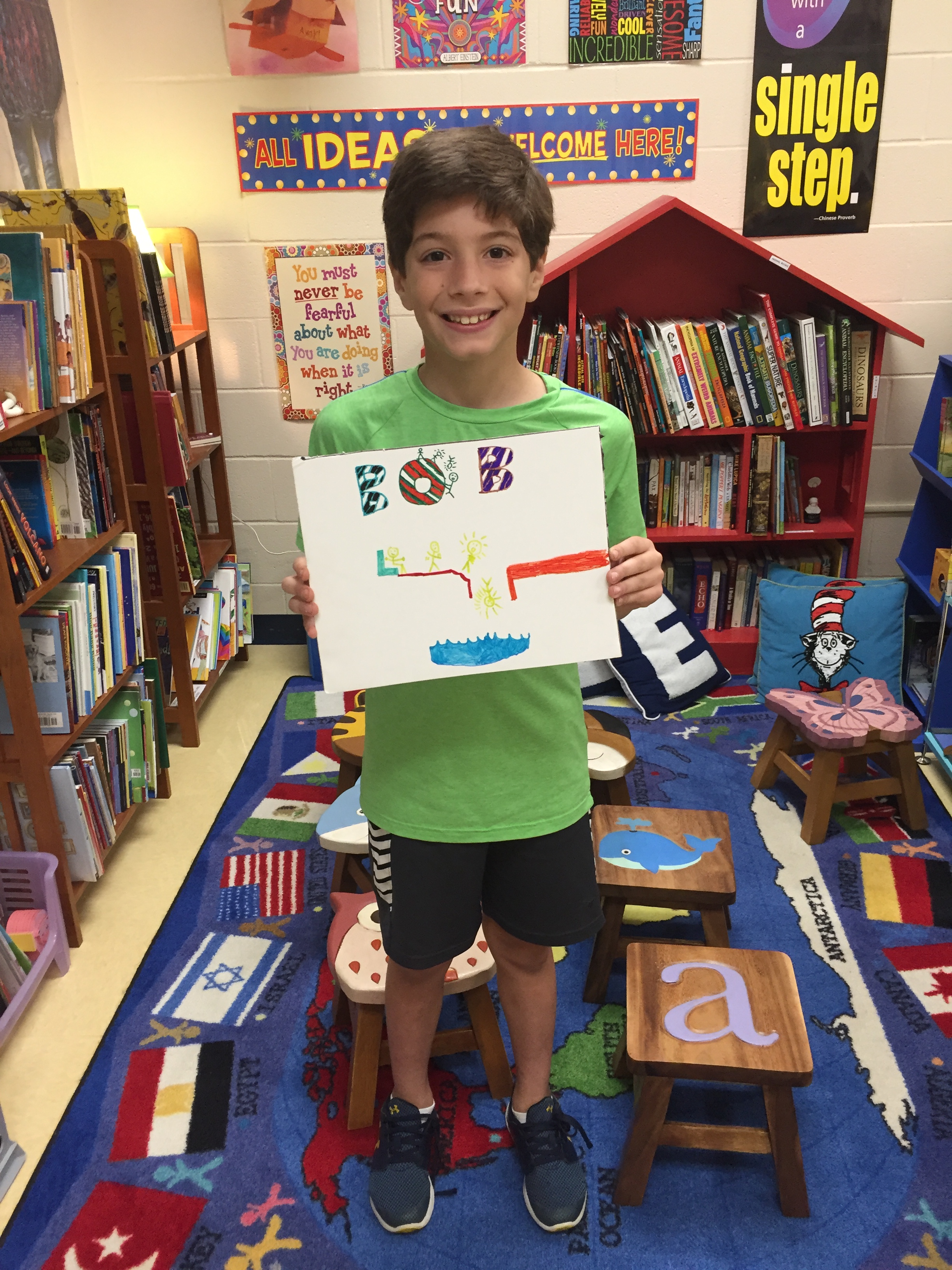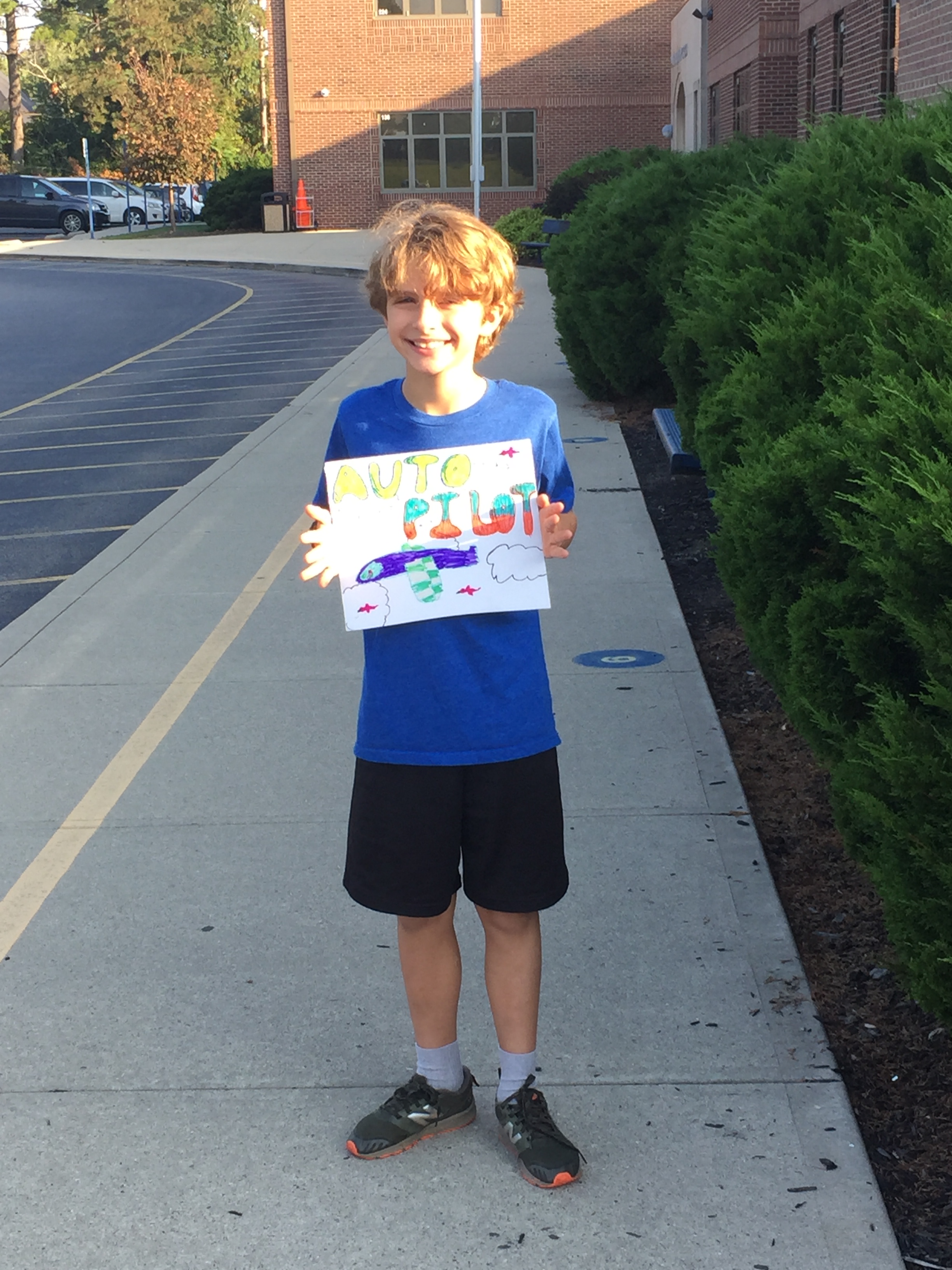- Events & Programs Home
- Calendar
- Accessibility
- Adults
-
Families & Teens
- Families & Teens Home
- 10x10 Teen Art Expo
- Art on the Rise
- Art Together: Art Making for Families with Children Ages 3–5
- Babies Sing with May Festival Minis
- Boy Scouts / Girl Scouts
- CAM Kids Day
- Family Storytime and Gallery Walk
- Family Studio: Art Making for Families with Children Ages 6–12
- Games in the Galleries
- Members-Only Baby Tours
- Public Baby Tours
- REC Reads
- Rosenthal Education Center (REC)
- Saturday Morning Art Class
- See Play Learn Kits
- Summer Camp
- Teachers
- Community Outreach
- Fundraisers
- Plan Your Own Event

- Events & Programs Home
- Calendar
- Accessibility
- Adults
-
Families & Teens
- Families & Teens Home
- 10x10 Teen Art Expo
- Art on the Rise
- Art Together: Art Making for Families with Children Ages 3–5
- Babies Sing with May Festival Minis
- Boy Scouts / Girl Scouts
- CAM Kids Day
- Family Storytime and Gallery Walk
- Family Studio: Art Making for Families with Children Ages 6–12
- Games in the Galleries
- Members-Only Baby Tours
- Public Baby Tours
- REC Reads
- Rosenthal Education Center (REC)
- Saturday Morning Art Class
- See Play Learn Kits
- Summer Camp
- Teachers
- Community Outreach
- Fundraisers
- Plan Your Own Event
Blog: CAM Uncovered
Blog: CAM Uncovered
- Home
- Plan Your Visit
- Art
-
Events & Programs
- Events & Programs Home
- Calendar
- Accessibility
- Adults
-
Families & Teens
- Families & Teens Home
- 10x10 Teen Art Expo
- Art on the Rise
- Art Together: Art Making for Families with Children Ages 3–5
- Babies Sing with May Festival Minis
- Boy Scouts / Girl Scouts
- CAM Kids Day
- Family Storytime and Gallery Walk
- Family Studio: Art Making for Families with Children Ages 6–12
- Games in the Galleries
- Members-Only Baby Tours
- Public Baby Tours
- REC Reads
- Rosenthal Education Center (REC)
- Saturday Morning Art Class
- See Play Learn Kits
- Summer Camp
- Teachers
- Community Outreach
- Fundraisers
- Plan Your Own Event
- Give & Join
- About
- Tickets
- Calendar
- Exhibitions
- Collections
- Blog
- Shop
Teacher Blog: Our Adventure with Gillian Wearing
by Tracy Alley
10/22/2018
Teachers , Gillian Wearing , Evenings for Educators , learning & interpretation , Teacher resources
Evenings for Educators is the museum’s monthly teacher development program. Each event features two teachers (one Elementary and one Secondary) who create and implement a lesson plan in their classroom. Attendees get a copy of that lesson plan in their folders the night of the program and also have the chance to ask the Museum Teachers questions. Each lesson references artwork from the museum’s permanent collection, ties into the theme of the program and incorporates visual art with another discipline. Please enjoy this sneak peek of the Elementary Lesson plan by October museum teacher Tracy Alley.
Our adventure with Gillian Wearing started with a brief history of her life as an artist, where she lives and works, her age, and more. I shared a photo of Gillian Wearing along with a map of England to help form connections with the students.
After the initial discussion, we focused on Gillian Wearing’s exhibit, “Signs That Say What You Want Them To Say.” This exhibit focused on the power of words. Wearing photographed 600 people holding signs on the streets of London, England.
I decided to segue Wearing’s work to our 3rd and 4th grade word play unit. Students made placards of oxy-morons and palindromes and illustrated them. Since they were not “stopped on the streets of London,” they had time to embellish their signs or placards.
Gillian Wearing focuses on photography and videography which happen to be favorite types of art media of my elementary students. We used the iPads and iPhones to photograph each student holding their placard. Most students wanted to be photographed on the school sidewalk to relate to Wearing’s work on London sidewalks. Some students selected different locations like our classroom library or near the school nature trail. I allowed as much freedom as possible.
Lastly, we used the website, Flipgrid, to record short videos of important words or phrases to students. Students could write anything, and it was interesting to see how they decorated the other side of their placard. The free website, Flipgrid, captured their ideas beautifully in short video clips.
It was a worthwhile project to learn a new type of technology, expand our unit on word play, discuss the power of words, and learn about a new artist!

Cincinnati, OH 45202
Toll Free: 1 (877) 472-4226
Museum Hours
Museum Shop
Terrace Café
Library
Cincinnati Art Museum is supported by the tens of thousands of people who give generously to the annual ArtsWave Campaign, the region's primary source for arts funding.

Free general admission to the Cincinnati Art Museum is made possible by a gift from the Rosenthal Family Foundation. Exhibition pricing may vary. Parking at the Cincinnati Art Museum is free.
Generous support for our extended Thursday hours is provided by Art Bridges Foundation’s Access for All program.

General operating support provided by:






